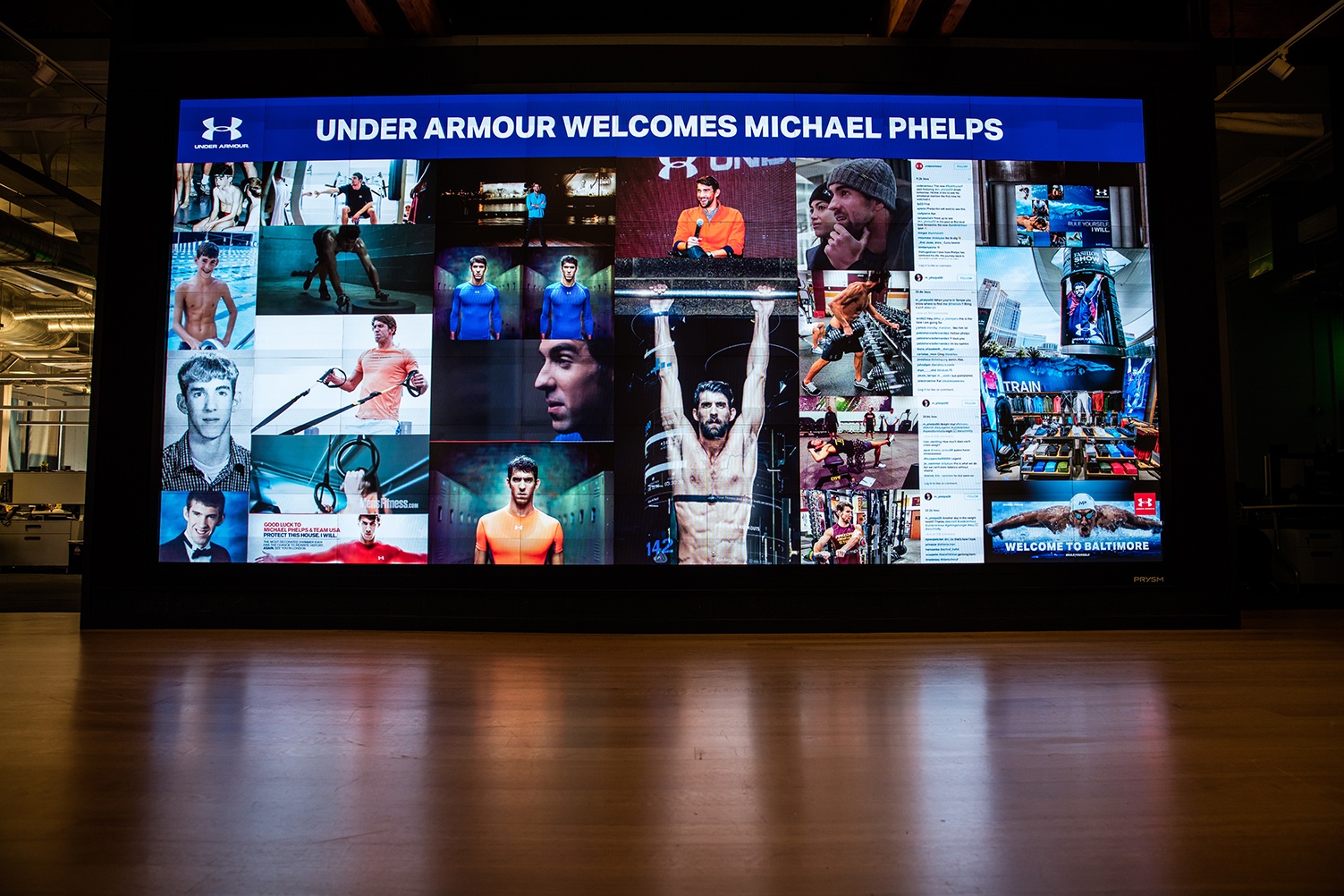Marketing as a function has experienced a major transformation. With the mainstreaming of the internet and social media, the pervasiveness of technology, and the world becoming a more combined place, marketing is no longer confined to conventional methods. Marketing has grown multi-dimensional. For each of the kinds of marketing, there is a business side, an analytics side, a creative side, an experiential side, and many more. Moreover, the intent could vary, for instance, some marketing operations are done solely to create leads while some could be done to build the brand name and ensure brand recall. Gone are the times when marketing choices were influenced by intuition and experience. Important marketing decisions are now determined by big data. Conversions cost per click (CPC), traffic sources—with so many potential variables to interpret, it's vital to identify the data that is most relevant to your company. Data-driven marketing choices can boost spending, ROI and provide better, faster results, and present a mathematical basis for marketing campaign effectiveness.
At Prysm (www.prysms.com), we believe the most difficult thing about work should be the work itself. Not the technology you use for conferences, not even the logistics of collaborating with your extended teams, whether you are trying to work from home or on travel. That's why our goal has been to eliminate the conflict points that stand between you and getting important stuff done. We're passionate about producing products and solutions that help people work smarter — both collectively and alone, from office and home, on any display or device.
Use Case Flexibility
7 Ways to Transform Information Technology Workplace
At Prysm (www.prysmsystems.com), we believe the hardest thing about work should be the work itself. Not the technology you use for meetings, not even the logistics of collaborating with your extended teams, whether you are trying to work from home or on travel. That's why our mission has been to remove the friction points that stand between you and getting important stuff done. We're passionate about creating products and solutions that help people work smarter — both together and alone, from office and home, on any display or device.
Boardrooms and Beyond: Enterprise Solutions Redefine the Boundaries of Visual Interactive Collaboration
Traditionally, company boardrooms have been stiff and stodgy places, designed for one very specific purpose: to bring people together for highly structured, formal meetings. In fact, if we asked you to describe the interior of a typical corporate boardroom, you’d probably mention a long, rectangular table surrounded by attendees who sit there passively, listening to presenters click-through slide deck after slide deck… after slide deck.
Four Technology Trends That Will Shape the Workplace in 2019
New and emerging technologies are transforming the workplace, helping organizations manage and optimize performance amidst profound cultural shifts that are changing the way people think about where and how they work. As a result, the workplace is more technology-oriented than ever before, but challenges related to the integration of information and process efficiencies remain significant hurdles for many (if not most).
Two weeks ago, Prysm participated in New York Digital Signage Week (NYDSW), hosting a variety of events – from press Q&As to a customer and partner open house – at our New York City CEC, located in the heart of bustling Manhattan. Throughout the week, we showcased how the Laser Phosphor Display (LPD) 6K Series is helping digital signage customers provide a unique and personalized experience for consumers.
Prysm’s LPD 6K Series WOWs Audience at Growth Leadership Accelerator
I have been friends with Mark Thompson, the #1 growth leadership coach, and his wife, career strategist Bonita Thompson for years, and ever since they saw the Prysm Laser Phosphor Display (LPD) 6K Series at our launch party in New York City, they have been eager to give the new technology a try.
Since the launch of our Laser Phosphor Display (LPD) 6K Series earlier this year, the first-of-its-kind bezel-free, interactive single panel large-format display, has been deployed by many partners and customers, and has seen strong industry recognition. We’re proud to share recent milestones and updates:
When we talk to people about how technology is changing the way they work, we hear lots of excitement about new digital tools that can improve collaboration and help companies connect in a more intuitive way with their customers. However, there’s still a bit of lingering confusion about what the term “digital workplace” actually means.
When you invite colleagues, customers, or prospects into your briefing room, do you have trouble keeping them engaged? Before I came to Prysm, I led a high-performing corporate creative team that worked tirelessly to create content for the business. But when it came time to present our progress, I had no choice other than to distill all that high-impact work onto PowerPoint slides that could be shown through a standard projector. Videos and websites became screenshots. eBooks became thumbnails. Digital experiences became static images. You get the idea: What was incredible content “in the wild” turned dull and one-dimensional in the briefing room. The lack of presentation options created similar challenges for my colleagues in sales, as well.
Earlier this week I had the opportunity to attend Forrester's journey mapping workshop in their San Francisco office. It was a great mix of content and group exercises to give everyone hands-on experience mapping the journey of a customer. We had a pretty impressive journey map by the end of the afternoon!
Today’s workforce includes a variety of generational factions, from Baby Boomers, Gen Xers (like me!), and Millennials, all the way to those from the most recent cohort, dubbed “Gen Z.” On top of that, this particular 50+-year span encompasses a time characterized by unprecedented change in the workplace. Put it all together and it’s easy to see the enormous challenge CIOs now face: They must find solutions that satisfy not only different age groups, but also vastly different skill sets, experiences, and preferences.
It’s the beginning of a new year, and like many of you, I find this is a great time to jump-start my resolve to accomplish more and better — whether that means de-cluttering my desk, better managing my inbox or taking a hike to re-focus.
Solving problems in a competitive market is critical to your company’s ability to innovate. However, to preserve momentum and nurture agility, it’s also vital to understand and preserve the record of how you are solving problems.
The word "collaboration" can conjure contrasting associations, depending on who you are and on your life experiences. Some of us may think of collaboration as a positive thing — a process in which we work with others (hopefully harmoniously) and, by virtue of teamwork, create results that are better than we could have achieved on our own. Others may bristle at the word, because it brings up memories of forced committees and coalitions, often ending with results that are inferior to those we might have achieved on our own.
While I've experienced both, my feeling is that the more refined the processes and technologies involved, the better the chance that the outcomes will be positive. The bad news is that the above are often lacking.
Before You Select a Visual Collaboration Platform, Ask Yourself These Questions
Once you’ve realized how important it is to invest in a digital workplace and have secured the budget you need to move forward with your plan, it’s time to begin looking for a collaboration solution to support this new way of work.
One of the most exciting things about working at Prysm is connecting with our customers who are using our technology in unique ways and who are continuing to push the boundaries of what it can do.
Prysm is laser-focused on helping companies develop digital transformation initiatives because we understand that leaders in the digital space are also revenue leaders. Case in point: a McKinsey & Company study1 found that companies that wholeheartedly embrace digital technology — strategically, not just tactically — pull in, on average, five times more revenue than digital laggards. No small potatoes.
The number of remote workers is rising by the year. With the advancement of modern technology and an increasing understanding of how flexibility can improve performance and morale, this is a trend that is likely to surge in popularity.


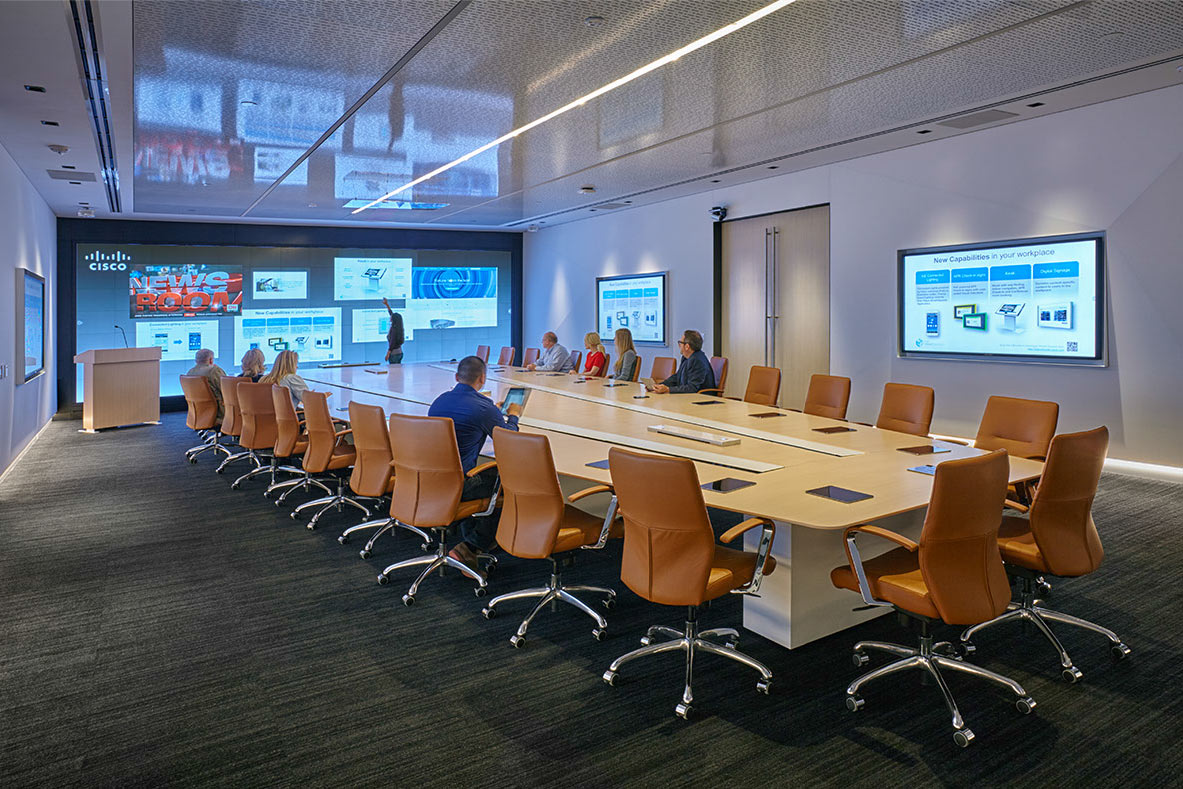

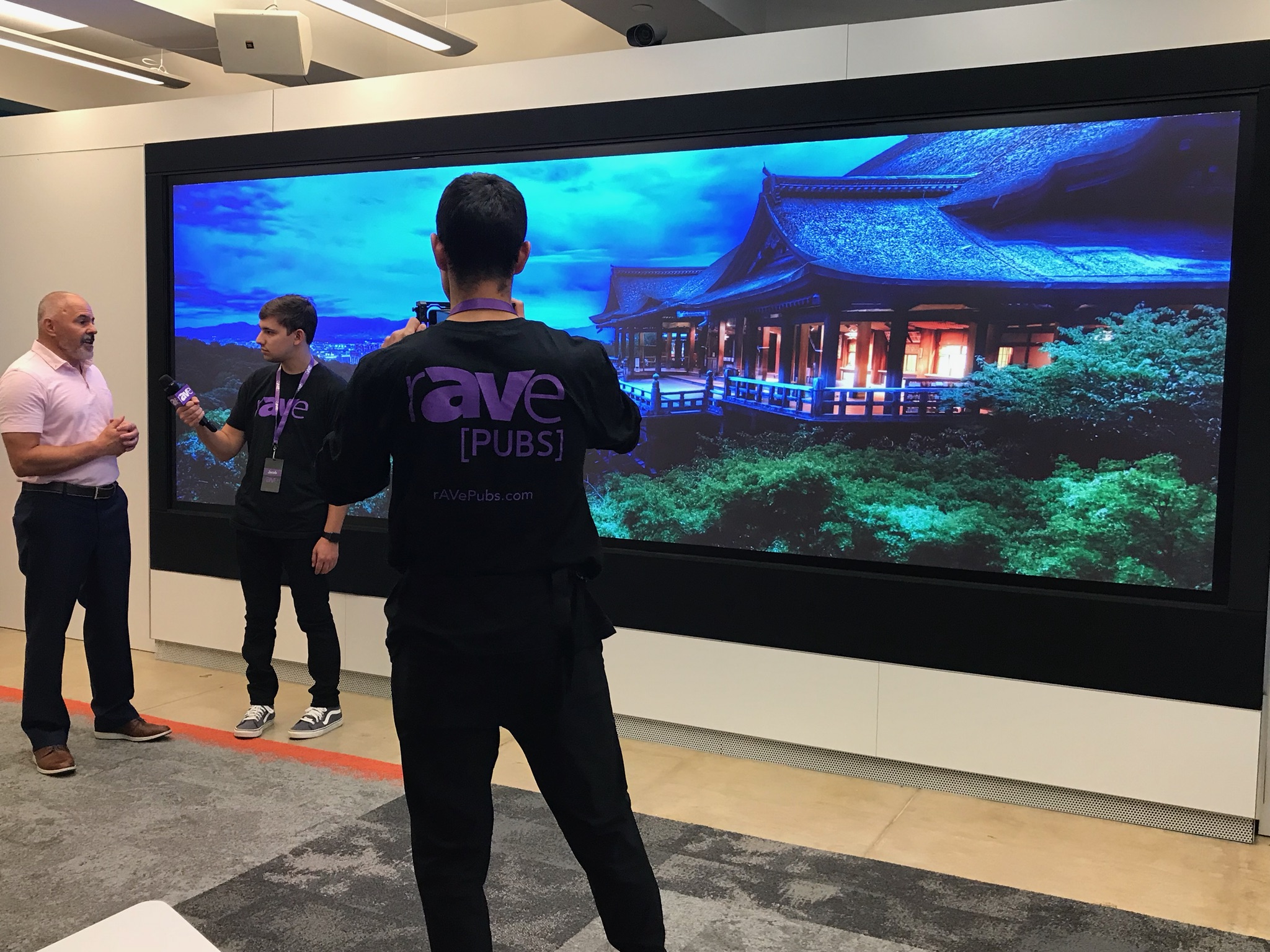
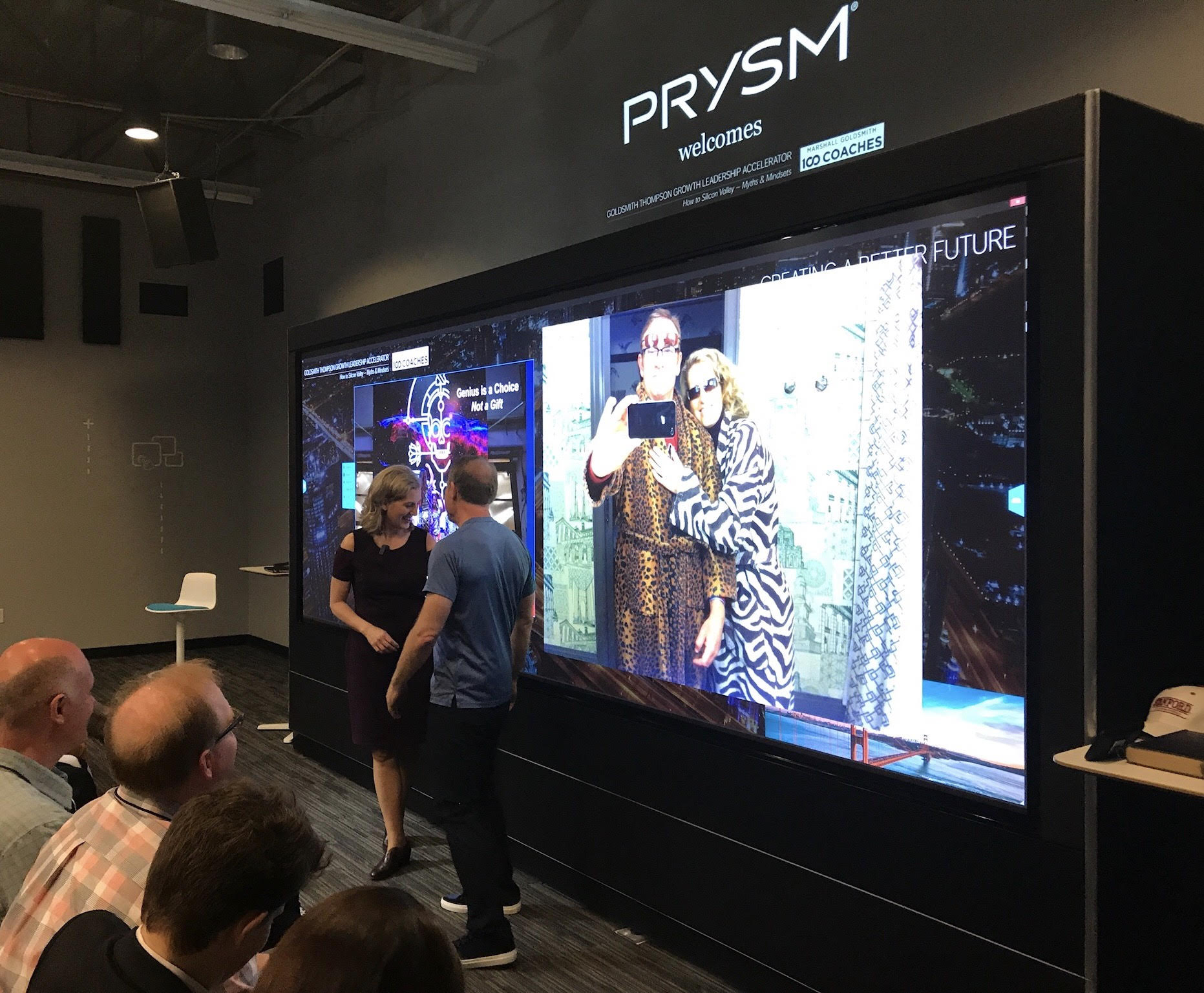
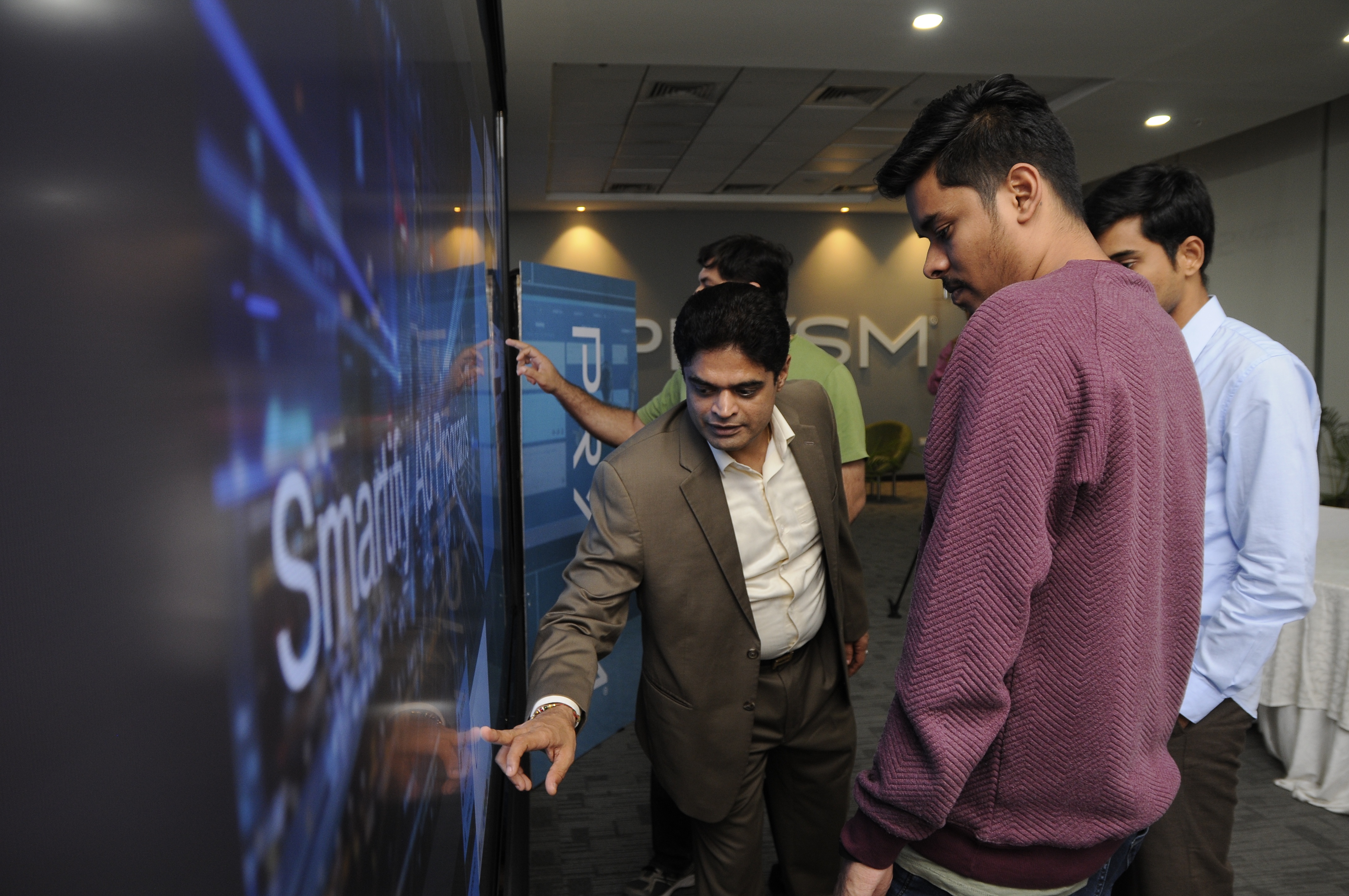

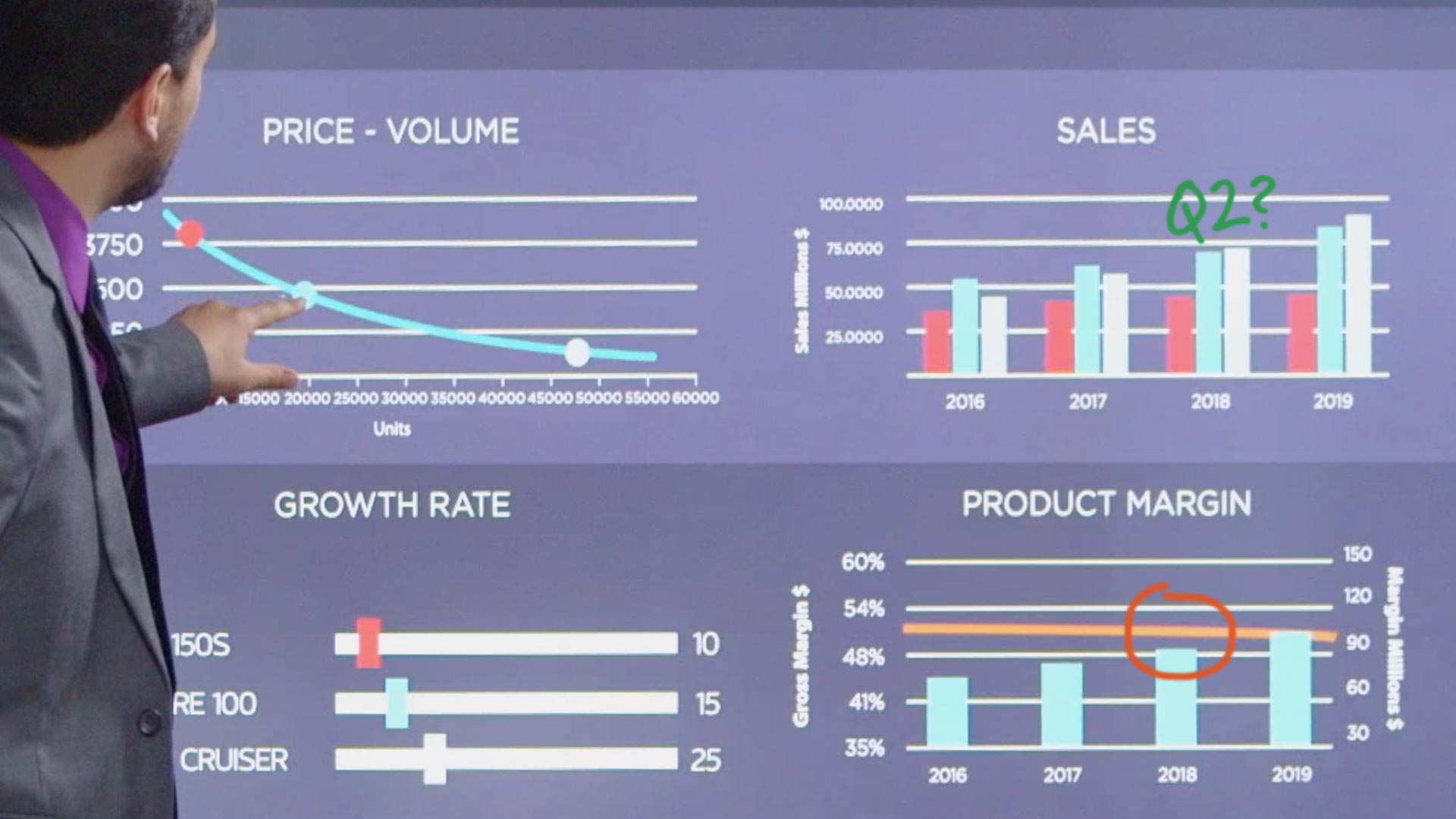
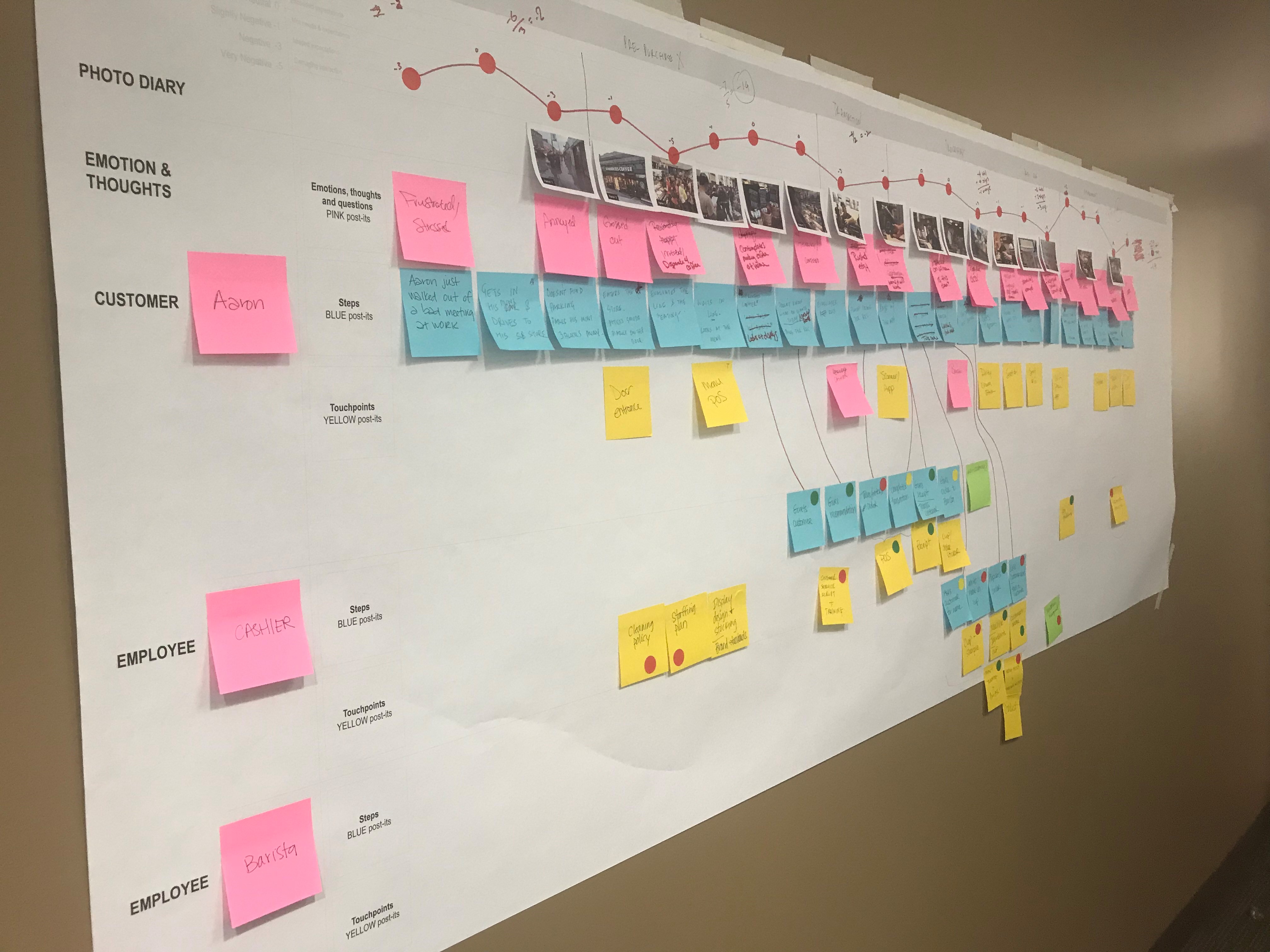
.jpg)




